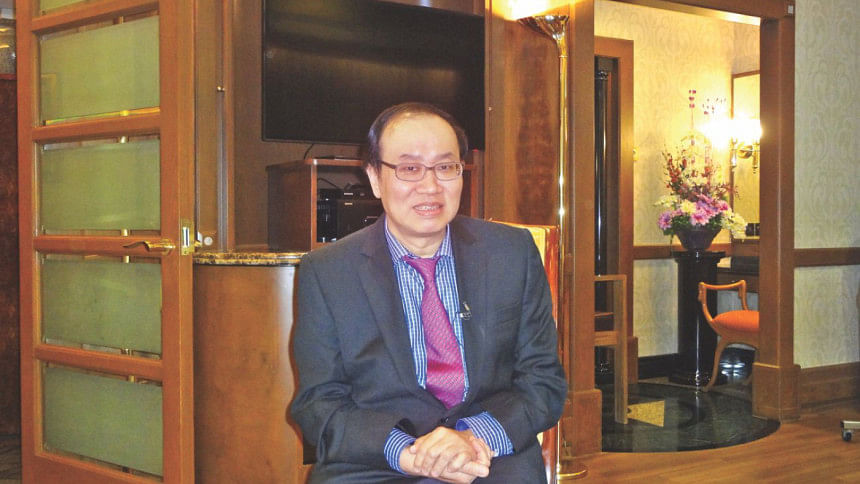Stem cell transplant and cord blood banking

Patients suffering from blood related disorders like Leukaemia (blood cancer) are on the rise. We often hear about stem cell transplant to treat blood cancers and some blood disorders like Thalassaemia. But how sophisticated this stem cell transplant, often called bone marrow transplant is?
Dr. Patrick Tan is the Director of the Haematopioetic Stem Cell Transplant Programme and the Haematology Service at the Mt. Elizabeth Hospital, Singapore. He has long experience of bone marrow transplant to treat these blood related diseases.
Dr. Tan describes the stem cell (bone marrow) transplant procedure in short. According to Dr. Tan, the transplant team in his hospital harvest the bone marrow under general anaesthesia.
The bone marrow is collected using a needle inserted through the skin into the posterior space of the hip bone.
It involves minimal risks and discomfort. Multiple punctures might be needed to collect enough cells for the transplant.
The risks associated with the bone marrow harvest include infection, bleeding, or pain from the harvest sites, as well as risks associated with general anaesthesia.
Prior to the stem cells transplant, you will receive high doses of radiotherapy or chemotherapy, or even both, in order to destroy all of your cancer cells as well as the normal blood cells in your bone marrow. This is known as the conditioning treatment.
The conditioning treatment varies for every transplant as it depends on the type of cancer you have, the type of transplant you are receiving, and any previous cancer treatment you may have had before.
The patient may feel the after effects of the therapy like vomiting and high fever.
After the conditioning treatment is complete, the harvested stem cells are given to you through an IV catheter — this process is similar to a blood transfusion.
So it is not that complicated procedure, but it requires highly experienced team work. Especially the monitoring and follow up care are crucial for better outcome.
Dr. Tan says that we have to keep in mind that stem cell transplant is done for the end stage life threatening diseases, not for common blood disorders.
The outcome of the transplant depends on the modality of the disease, matching of the donors and follow up care.
Dr. Tan warned that sometimes the cancer may get relapse or secondary malignancy. So the earlier the treatment starts, the better the outcome is likely to be.
Dr. Tan also discussed about cord blood banking. Cord blood is a good source of stem cell. Cord blood from healthy individual may help other people with disorders like blood cancers. Cord blood can also save life in case of legislative problems.

 For all latest news, follow The Daily Star's Google News channel.
For all latest news, follow The Daily Star's Google News channel. 



Comments